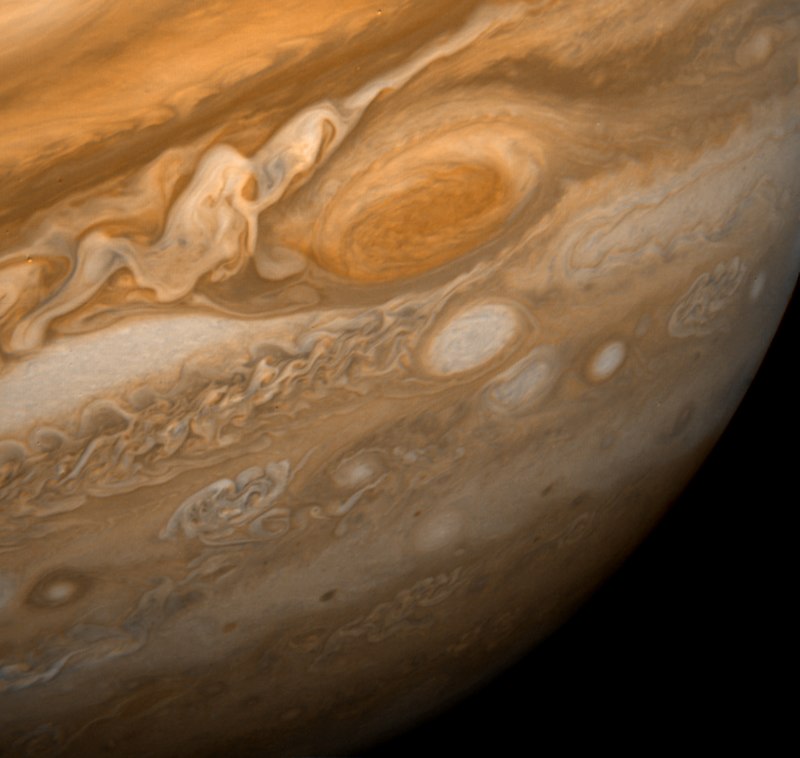Vera C. Rubin Observatory Unveils Spectacular First Images of Nebulas

The Vera C. Rubin Observatory, a groundbreaking astronomical facility located in Chile, has recently released its inaugural trio of images, showcasing the breathtaking Trifid and Lagoon Nebulas alongside a portion of the Virgo Cluster. This unveiling marks a significant milestone in modern astronomy, providing researchers with unprecedented views of celestial phenomena that were previously inaccessible.
The images, made possible by the observatory's state-of-the-art digital camera, illustrate a vast expanse of the universe filled with intricate structures and vibrant colors. According to Dr. Rachel Webster, an astrophysicist at the University of Melbourne, the details captured are extraordinary. "There’s just so much going on in each of these images," Dr. Webster remarked. The Trifid Nebula, located approximately 5,200 light-years from Earth, and the Lagoon Nebula, at about 9,000 light-years away, are depicted in striking hues of pink and blue, indicating areas rich in hydrogen and other cosmic materials.
Dr. Jonti Horner, an astrophysicist from the University of Southern Queensland, praised the clarity of the images, stating, "Even at the furthest zoom, it’s pin-sharp." This level of detail, he noted, is typically reserved for space-based telescopes, but the Rubin Observatory’s combination of a large telescope and a wide field of view sets it apart.
The observatory's unique capabilities allow it to capture expansive sections of the sky. The released images provide a wide-angle view of the Virgo Cluster, a group of galaxies situated about 55 million light-years away in the constellation of Virgo. Dr. Tania Barone, an astrophysicist at Swinburne University, highlighted the significance of this perspective, stating, "The James Webb Space Telescope would see maybe one of those galaxies, but we get to see this whole zoomed-out picture, to put it all into context."
The images not only demonstrate the beauty of the universe but also offer insights into the interactions between galaxies. Dr. Webster noted the importance of observing the faint connections between galaxies, revealing intricate cosmic relationships that are often obscured in less detailed images. "We’re seeing this cosmic dance in motion as they intertwine and merge," she added.
Looking ahead, the Vera C. Rubin Observatory is set to embark on a decade-long survey of the southern sky, with plans to capture images every few seconds. This continuous monitoring will enable astronomers to detect subtle changes in the cosmos, enhancing research in fields such as astrophysics and dark matter. Professor Horner commented, "For the Solar System, this is almost like humanity opening its eyes for the first time."
The observatory's potential impact on the field of astronomy is profound, with expectations that it will yield significant discoveries within its first year of operation. As Professor Webster concluded, "If I’m still talking to journalists in 20 years' time, we’ll still be talking about Vera Rubin. It’ll still be delivering new results, even then." The official unveiling of these images coincided with a live stream event, drawing interest from both the scientific community and the public alike, underlining the observatory’s promise to revolutionize our understanding of the universe.
Advertisement
Tags
Advertisement





